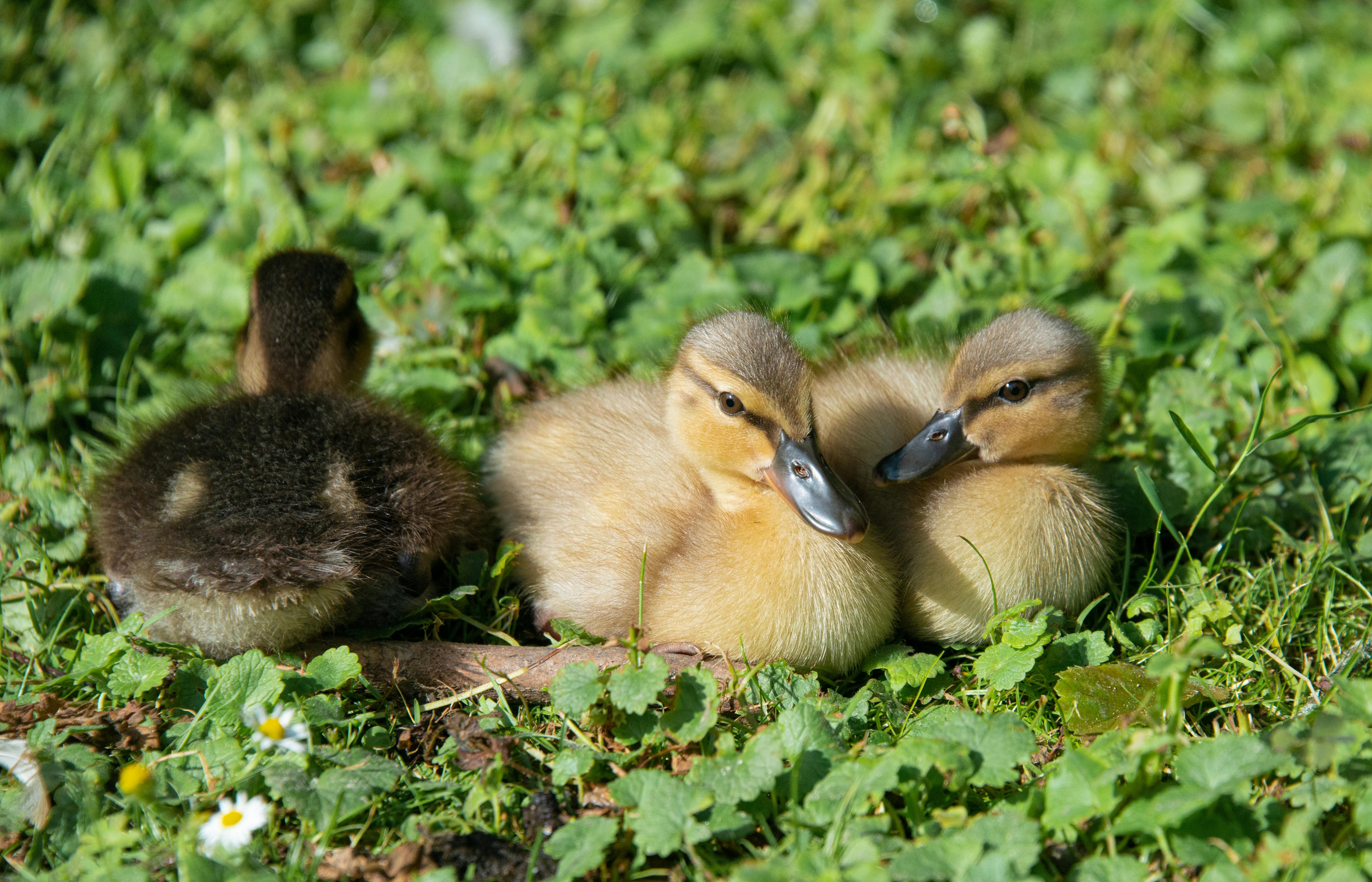
Effective Ways to Improve Cory Catfish Food in 2025
Cory catfish, beloved by many aquarium enthusiasts, are popular for their playful nature and bottom-dwelling habits. Providing the best cory catfish food is essential for maintaining their health and well-being. In 2025, advancements in fish nutrition and feeding techniques have transformed how we approach the corydoras diet. This article delves into effective methods to enhance the nutritional value of the food we offer cory catfish, ensuring they thrive in their aquatic environment.
Understanding the best types of corydoras food will significantly influence your aquarium setup and fish’s health. The nutritional needs of cory catfish can change depending on their life stage, tank environment, and tank mates. By establishing a proper cory catfish feeding schedule and incorporating a variety of food types, you can optimize their growth and overall vitality. In this comprehensive guide, we will explore the essential aspects of cory catfish care, food varieties, feeding techniques, and more.
Join us as we unveil vital feeding strategies that will help you provide high-quality food for your corydoras, allowing them to flourish in your aquarium community.
Understanding Cory Catfish Diet Requirements
To enhance your cory catfish food, it's important to first understand their dietary needs. Corydoras are omnivorous and require a well-balanced diet to maintain optimal health. The best cory catfish food should consist of high-protein sources, fiber, vitamins, and minerals, tailored to meet their specific nutrient requirements.
Core Nutrients for Cory Catfish Health
Cory catfish thrive on a blend of nutrients that include proteins, fats, and carbohydrates. The importance of fiber in cory catfish diet cannot be overstated. Fiber helps maintain proper digestion and prevents constipation. High-quality cory catfish food should include ingredients like spirulina, mealworms, and various plant-based components to ensure a balanced intake.
Homemade Vs. Store-Bought Food
While store-bought options such as cory catfish pellets and flakes provide convenience, many aquarists opt for homemade cory catfish food to control the ingredients carefully. A nutritious homemade recipe could include finely chopped vegetables, high-quality fish flakes, and protein sources like bloodworms or brine shrimp. This approach allows for customization based on your corydoras' health needs and preferences.
Different Food Types for Cory Catfish
The market is filled with various corydoras food types, each targeting specific dietary needs. From sinking pellets to algae wafers, it's essential to choose foods that encourage natural feeding behaviors. Using a mix of high-quality cory catfish food brands will help cater to the nutritional needs of these bottom dwellers. Including diverse food types can also reduce competition among tank mates and encourage social behaviors in cory catfish.
Feeding Techniques for Cory Catfish
Feeding cory catfish in an aquarium can be a rewarding experience when done correctly. Employing effective feeding techniques ensures that all fish in the tank receive adequate nutrition without overcrowding or stress.
Optimal Feeding Frequency
Understanding the appropriate feeding frequency for cory catfish is crucial. Juvenile cories may need to be fed more often than adults due to their faster metabolism. Generally, adult cory catfish thrive on two meals per day, while babies may require multiple small feedings throughout the day. This ensures consistent energy levels and supports healthy growth.
Using Sinking Pellets and Flakes
Sinking pellets are often touted as the best food for cories because they cater directly to their feeding habits. These pellets settle at the bottom of the tank, allowing corydoras to forage naturally. Mixing in cory catfish flakes once in a while can add variety but ensure it's not the primary food source. The combination of flakes and sinking pellets provides a well-rounded diet for your aquatic pets.
Feeding Behavior and Social Interactions
Observing feeding behavior is essential in understanding what your cory catfish enjoy. Corydoras exhibit social behaviors during feeding, often encouraging each other to investigate food sources. Ensuring that food is available in multiple locations within the tank can help mitigate competition and promote a healthy social environment.
Building a Balanced Diet for Cory Catfish
Creating a balanced diet for your cory catfish involves not only choosing food but also understanding the essential vitamins and minerals needed for overall health. Corydoras feed best when offered a variety of food types, which should include both plant and animal sources.
Importance of Vitamins in Cory Catfish Diet
Vitamins play a critical role in maintaining cory catfish health. Essential nutrients such as Vitamin C enhance immune function and promote healing. Incorporating food enriched with probiotics can also contribute positively to corydoras fish health, especially in stressed environments. Foods fortified with vitamins and minerals ensure your cory catfish stay vibrant and active.
Protein Sources and Their Benefits
High protein levels are necessary for growth and reproduction in cory catfish. Including live food options such as brine shrimp, daphnia, or bloodworms can supercharge their diet, providing immediate energy and fostering natural hunting behaviors. A protein-rich diet supports breeding success and overall vitality, making it essential for cory catfish health.
Monitoring Nutritional Intake
Regularly monitor the types of food your cory catfish consume to make necessary adjustments for their dietary needs. Observing their response to different foods can help identify preferences and any potential sensitivities. Ensuring that you provide a variety of food options will lead to a balanced and nutritious diet for your corydoras, tailored to their needs.

Enhancing the Feeding Experience in Your Aquarium
Enhancing the feeding experience goes beyond just the type of food offered. The tank environment plays a vital role in how cory catfish perceive and interact with their food.
Cory Catfish and Tank Environment
Optimal tank conditions for cory catfish include well-structured layouts with plants and substrates that encourage natural foraging behaviors. Using soft substrates like sand allows corydoras to dig and search for food, mirroring their natural habitat. Additionally, maintaining water quality is fundamental for a healthy feeding environment.
Choosing the Right Tank Mates
Selecting the right corydoras tank mates ensures a harmonious ecosystem. Compatible fish can reduce stress during feeding activities, allowing cory catfish to feel secure while foraging. Avoid aggressive species that might compete for food or disturb the feeding patterns of your corydoras.
Feeding During Breeding Seasons
Adjusting your cory catfish feeding approach during breeding would enhance reproductive success. Offering nutritious food for cory catfish specifically aimed at breeding can lead to healthier eggs and fry. Increasing the protein content in their diet while reducing other offerings may provide the necessary nutritional boost during this critical period.

Addressing Common Feeding Questions
What is the best cory catfish food?
The best cory catfish food includes a mix of high-quality pellets, flakes, and live or frozen options. Look for brands focusing on balanced diets tailored specifically for corydoras.
How often should I feed my cory catfish?
Typically, adult cory catfish should be fed twice daily, while younger corys may require multiple small feedings throughout the day.
Can I make homemade food for my cory catfish?
Absolutely! Homemade cory catfish food can be highly nutritious and tailored to meet their dietary needs. Focus on high-protein ingredients and a mix of vegetables to create a well-rounded diet.
What are common mistakes when feeding cory catfish?
Some common mistakes include overfeeding or not providing enough variety in their diet. Observing feeding habits can help you adjust their diet accordingly.
How can I ensure my cory catfish are eating properly?
Monitor their eating habits and behaviors. Ensuring all fish have access to food and offering a range of options can indicate their health and nutritional well-being.
Its part of generated content. Can i generate another part?